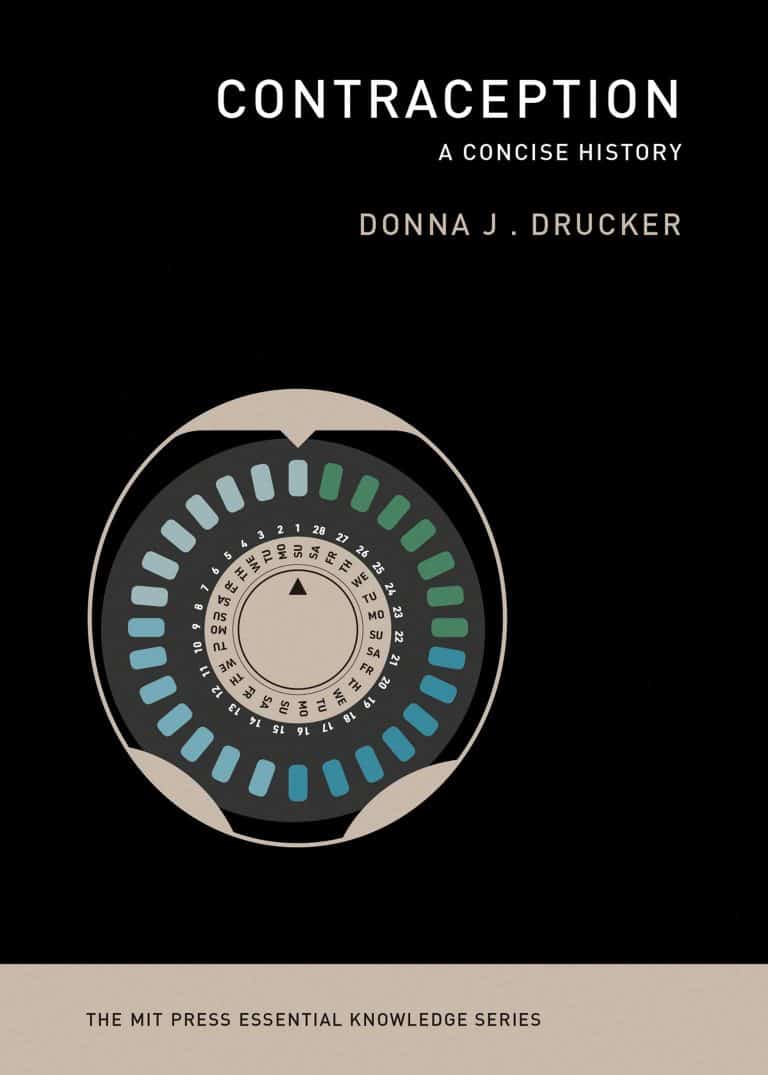The first birth control clinic was established by Dr. Aletta Jacobs in Amsterdam in 1882, marking the start of the modern era of contraception. The establishment of this hospital and the clinical supply of contraception made possible by it signaled the beginning of doctors’ serious consideration of pregnancy prevention as a medical issue. Donna Drucker chronicles the creation, production, and usage of contraceptive methods from the beginning of Dr. Jacobs’ clinic to the present in this work from the MIT Press Essential Knowledge series. Drucker views the topic from the standpoint of reproductive justice, which includes the right to have children, not to have children, and to raise children in a safe and healthy manner.
Before the invention of the pill, several contraceptive options were available, including the spermicidal jelly, the diaphragm (sold at the Jacobs clinic), and condoms. She discusses technological advancements in non-hormonal contraceptives like the cervical cap and timing methods (including the “rhythm method” favored by the Roman Catholic church), as well as the creation and dissemination of the pill and its chemical offspring. She also defines the idea of reproductive justice. Finally, Drucker discusses the future of contraception, including modifications to current practices, fresh channels for distribution, and ongoing initiatives required to guarantee universal access to contraception.
















